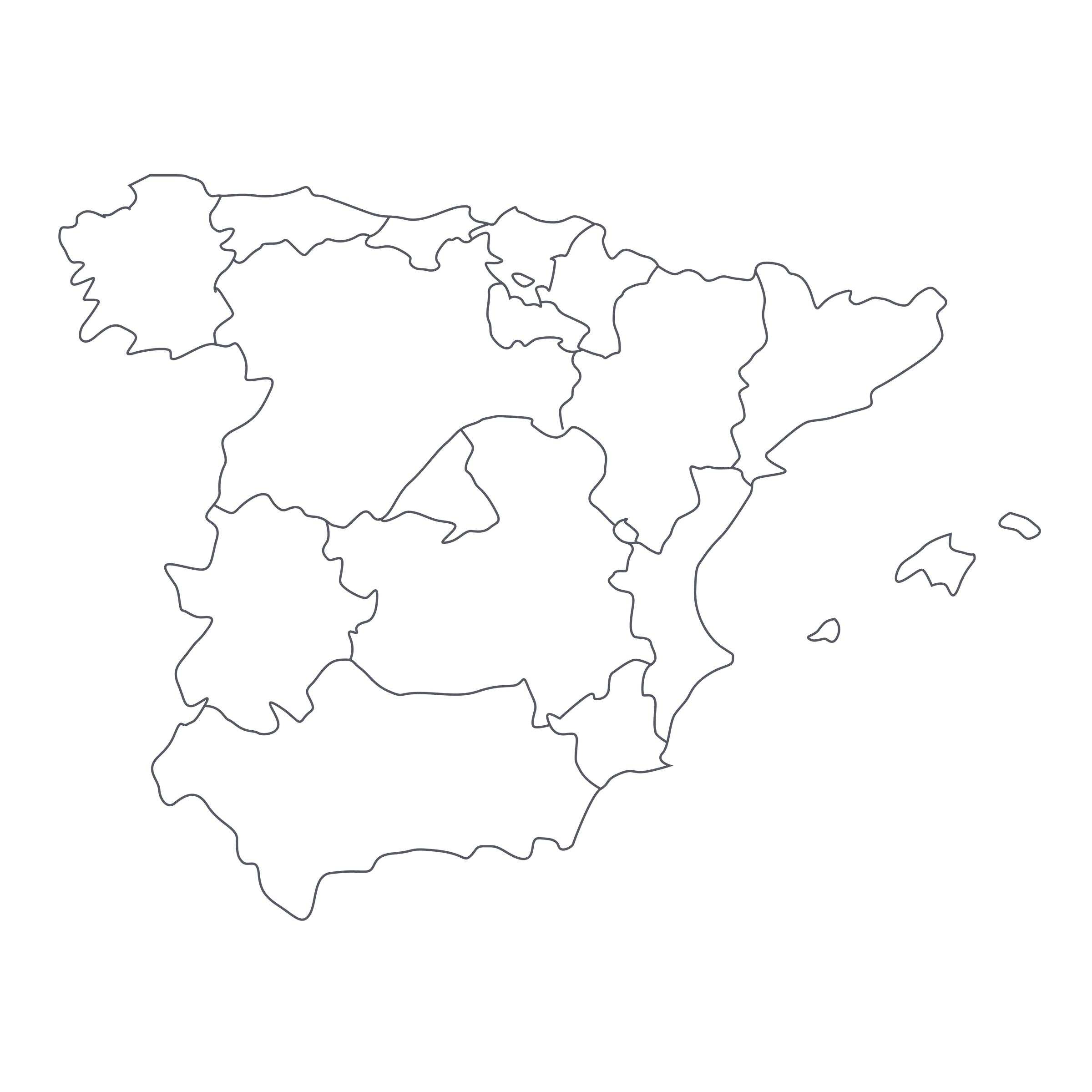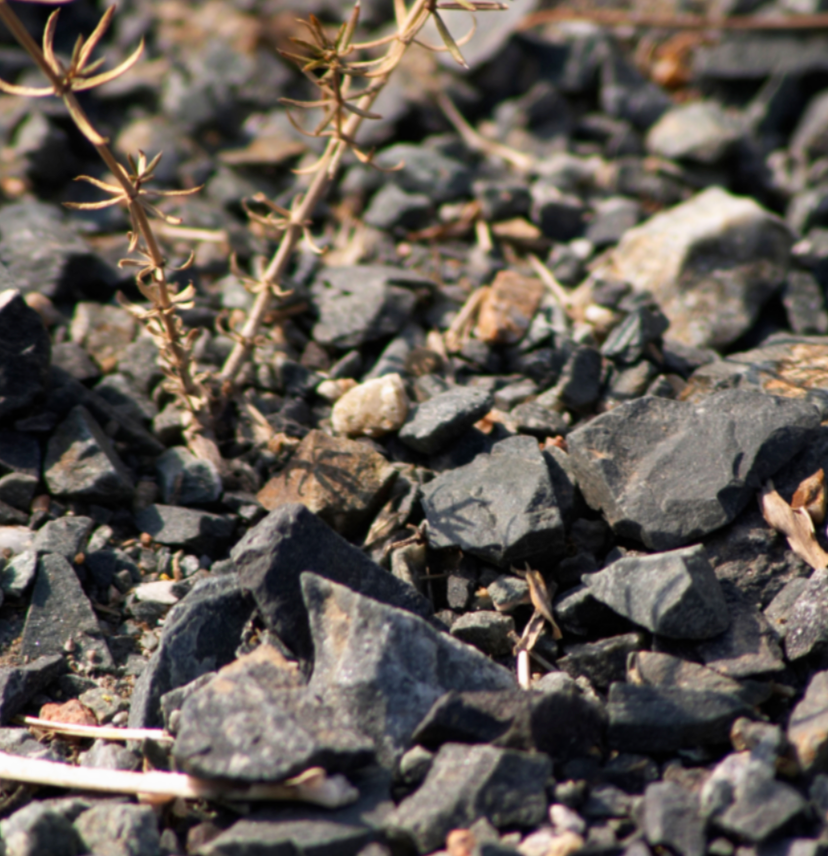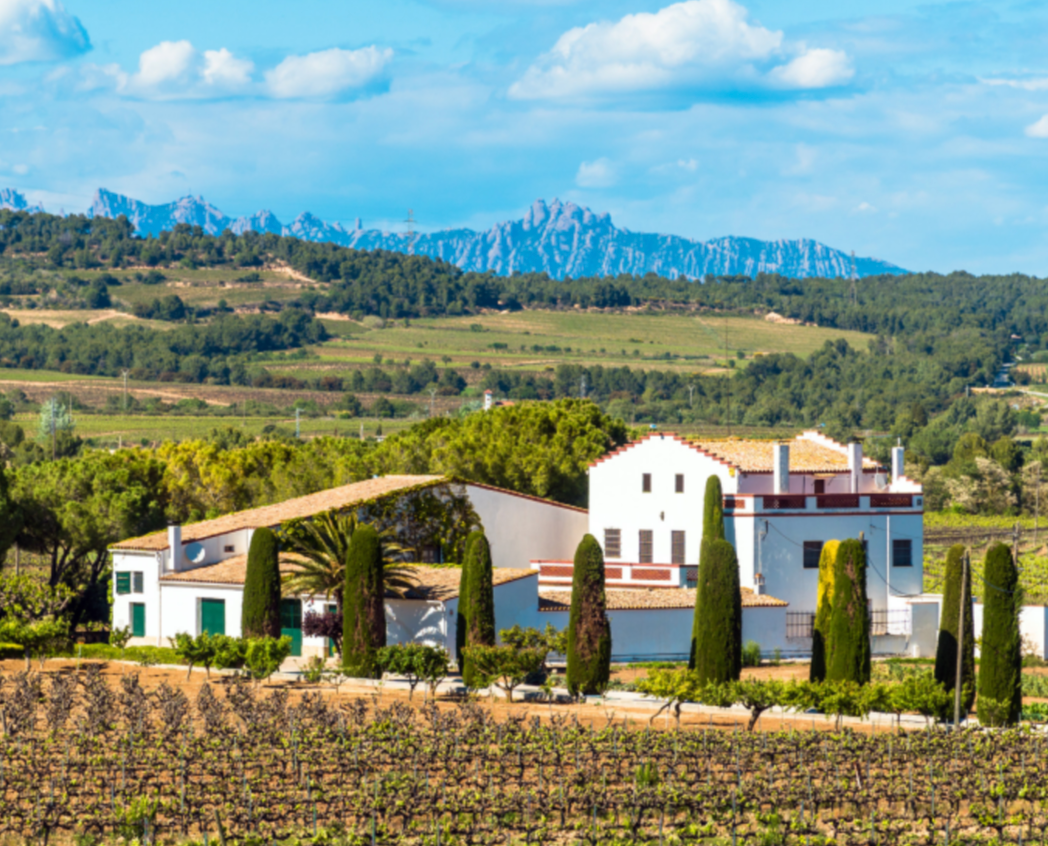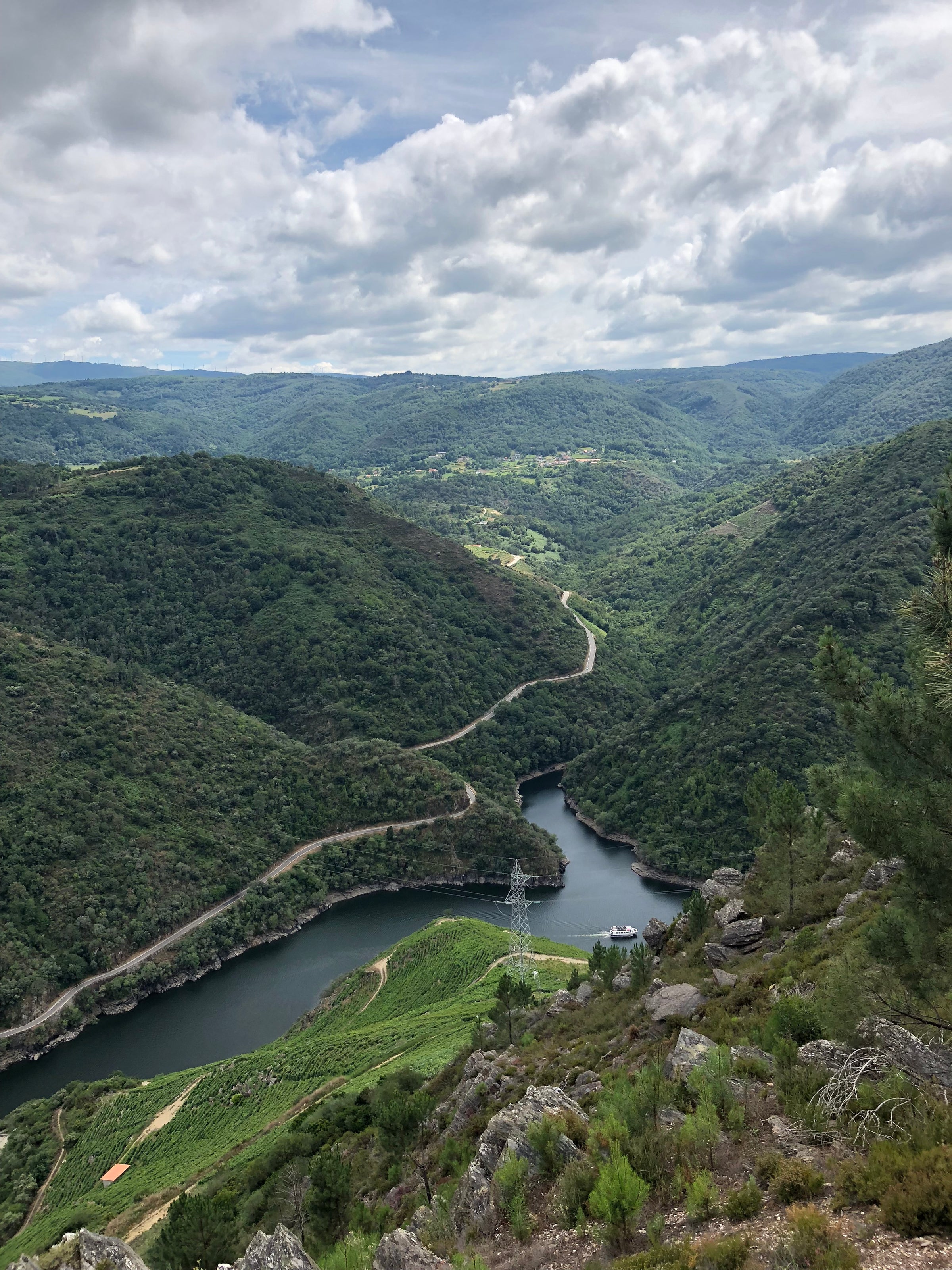Allow me to begin this rarefied offer by telling you what it isn’t. It is not a wine for those who swoon over long-established luxury labels. It is not a wine for lovers of inky, 15% ABV, oak-dominated Garnacha or Tempranillo blends. And it is certainly not a wine that will be forgotten after consumption. This producer is Terroir al Limit, a highly buzzed-about, sommelier-favorite Priorat producer that has flat-out stunned the world with their breathtakingly vivid, soil-rich, and gracefully layered reds. They’re Muhammad Ali standing defiantly over a splayed out Liston, with Liston representing the high-octane, heavily extracted reds of yesteryear.
Today’s Certified Organic red comes from old Cariñena and Garnacha vines within the remote 148-person village of Torroja, and is crafted for those who lust after (1) old-vine Premier Cru Burgundy, (2) the savory intrigue of Southen Rhône’s best, and (3) the highly aromatic charm that only elite-level Spanish reds can deliver. If that sounds right up your alley, then hear me now: this 2015 must immediately enter your cellar—at a mere $39, we practically stole this from Terroir al Limit’s importer!
My initial road into the wine world coincided with the “dark ages” of Spanish wine in the US. In the early 2000s, many wines from Spain were devoid of life: dark purple, dripping with syrupy oak and alcohol, little-to-no “terroir” character. But there has been a tremendous renaissance over the years, with producers moving towards more elegant, site-specific, “land-over-hand” wines. Terroir al Limit is one of the leaders of this revolutionary shift, and has been one of my go-to labels over the last decade when in need of an unforgettable first impression. Not only is today’s wine aptly named—Priorat is indeed a terroir at a frontier, perched on a rocky bluff in northeast Spain—it feels truer to its place than most of its contemporaries. As you will taste in today’s 2015 “Torroja,” it is possible to coax not just depth and concentration but aromatic lift and Burgundy-equivalent finesse from the dusty, fractured-slate soils of these vineyards.
Having been to Priorat myself, I can tell you it is one of the most powerful places to visit, and today’s wine instantly transports me back. Located about 80 kilometers southwest of Barcelona, just inland from Tarragona and the Mediterranean Sea, Priorat’s upper reaches feel a little like a moonscape, with steep hillsides of old-vine vineyards dominating your view on all sides. The decomposed slate soils, known locally as llicorella, have a dark, blackish tint and are flecked with quartz and other minerals. These “soil shards” are strewn amongst the vines and glisten in the sun—when I think about the best Priorat wines, I think about pulverized bits of that dark soil taken up through the roots and deposited into the Garnacha and Cariñena grapes.
Originally, Terroir al Limit was a collaboration between two expats: famed South African winemaker Eben Sadie and German-born Dominik Huber, who had worked more on the business side of wine. In the intervening years, Sadie has left to focus on his many South African projects, while Huber has jumped headlong into organic and biodynamic viticulture, meticulously tending to an assortment of old-vine sites around the ancient village of Torroja while turning Terroir al Limit into one of the benchmark wine estates of Priorat.
Today’s wine, which is Certified Organic, is a blend of Grenache and Carignan (locally called Garnacha and Cariñena) sourced from vines ranging from 50-75 years of age, most of them rooted in llicorella but a few in some of the rare pockets of clay/limestone in the region. Over the years, Huber has stopped using 225-liter barriques for aging, opting instead for larger foudres from the Austrian cooper Stockinger. He also uses a substantial percentage of whole grape clusters in his fermentations, which have moderated alcohol levels and enhanced freshness.
Terroir al Limit’s 2015 “Torroja” displays an aromatic profile that reflects its distinctive soils, proximity to the Mediterranean, whole-cluster fermentation, and 18-month upbringing in larger oak vessels. In the glass, it’s a brilliant dark ruby with garnet reflections, showing off a bright and well-balanced mix of fruits, spice, and savory earth: crushed black cherry, dried raspberry, plum skin, potpourri, nutmeg, red licorice, crushed rocks, fired clay, dried herbs, and underbrush. It is medium-plus in body with incredibly smooth tannins and lots of tension—deep and drinkable but a far cry from the syrup-rich style that first introduced many consumers to Priorat. I’ll say it again: those of you who love serious Burgundy will find myriad similarities to geek out over! Give it at least 30 minutes to aerate in a decanter before serving in Burgundy stems at 60-65 degrees; it would be an absolute knockout with something rustic and Mediterranean-inspired to eat, like the Spanish pork-shoulder preparation known as pernil. While sensational now, this wine is poised to evolve beautifully over the next 5-7 years, so stock up accordingly!





